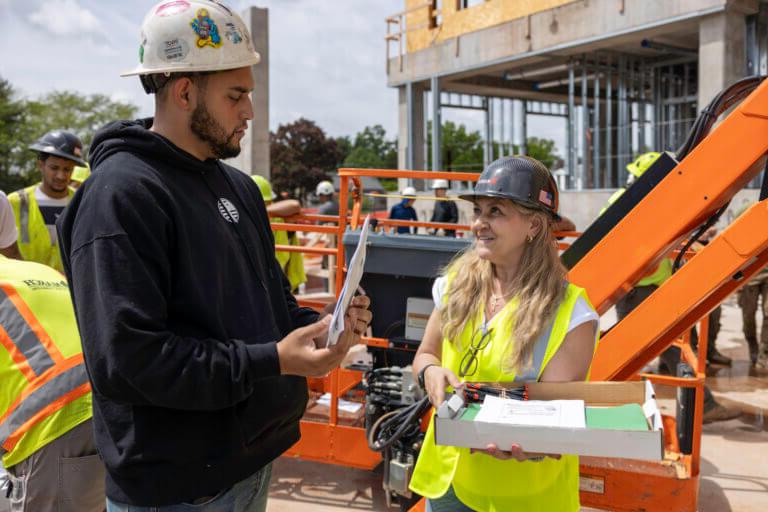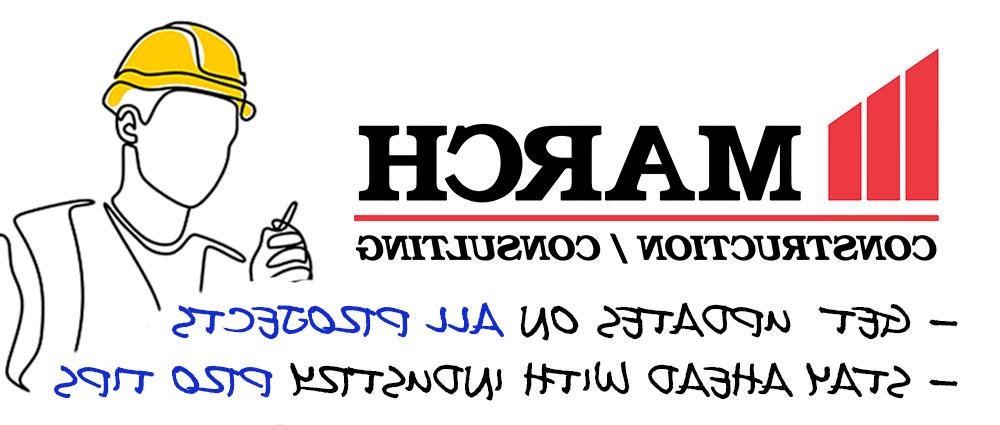
During the course of a building project, the change order is one of the most difficult events a Project Manager has to deal with.
It means having to notify a client of a potential change in cost to the project’s budget where the 总承包商 will need to ask for a reimbursement. Budgets are tight and no one accounts for change orders during negotiations in the project’s contract as contingencies have become a thing of the past. The Owner is most likely weary of any unforeseen costs to begin with and no one likes to be the bad guy, especially the Project Manager. Change Orders in construction are inevitable and are a course of routine project protocol. Construction projects are complex undertakings—it would be a miracle if everything went precisely according to plan every time. Sometimes this can come between and Owner and Project Manager and might even be taken personally.
Preparation and documentation is the key to managing change orders.
If not an Owner Request, start with a ‘Request for Information’. Include the source in which the request for information came from. Include proper documentation and identify up front if there is a cost involved so everyone on the project team understands that there could be a potential cost impact.
When gathering information, always include the full subcontractor back up which includes labor rates, hours to perform the task, and material supplier quotes. Don’t be afraid to go out and get independent quotes and additional supplier quotes to show the Owner that you are acting on their behalf and really checking of the costs involved. Review this with the Project Superintendent—they are usually a good source for knowing how long something should take to complete. 通过做家庭作业, this usually makes the Owner feel secure in knowing that you truly are looking out for them. Don’t be afraid to negotiate the subcontractor’s quote before presentation to the Owner. Show mark-ups on their back up paperwork. This way you can advise the Owner that you truly got them the best price available. You need to earn the Owner’s trust by taking these extra steps.
Always check the subcontractor’s “Overhead / Profit”. Sometimes there are multiple trade pricing components to the Change Order and we make sure they are all using the same percentages.
Treat the costs if you were paying for it out of your own pocket. Overall, just be fair and honest with the Owner. You never have to remember the truth.
Hopefully if you follow these few hints that I have mentioned above, the Change Order process can be easier to deal with and everyone can take a potentially awkward situation and turn it into a positive one.
作者:Tom Easse
Thomas Easse – Project Manager at 3月施工





